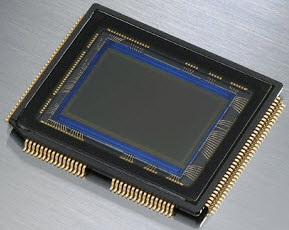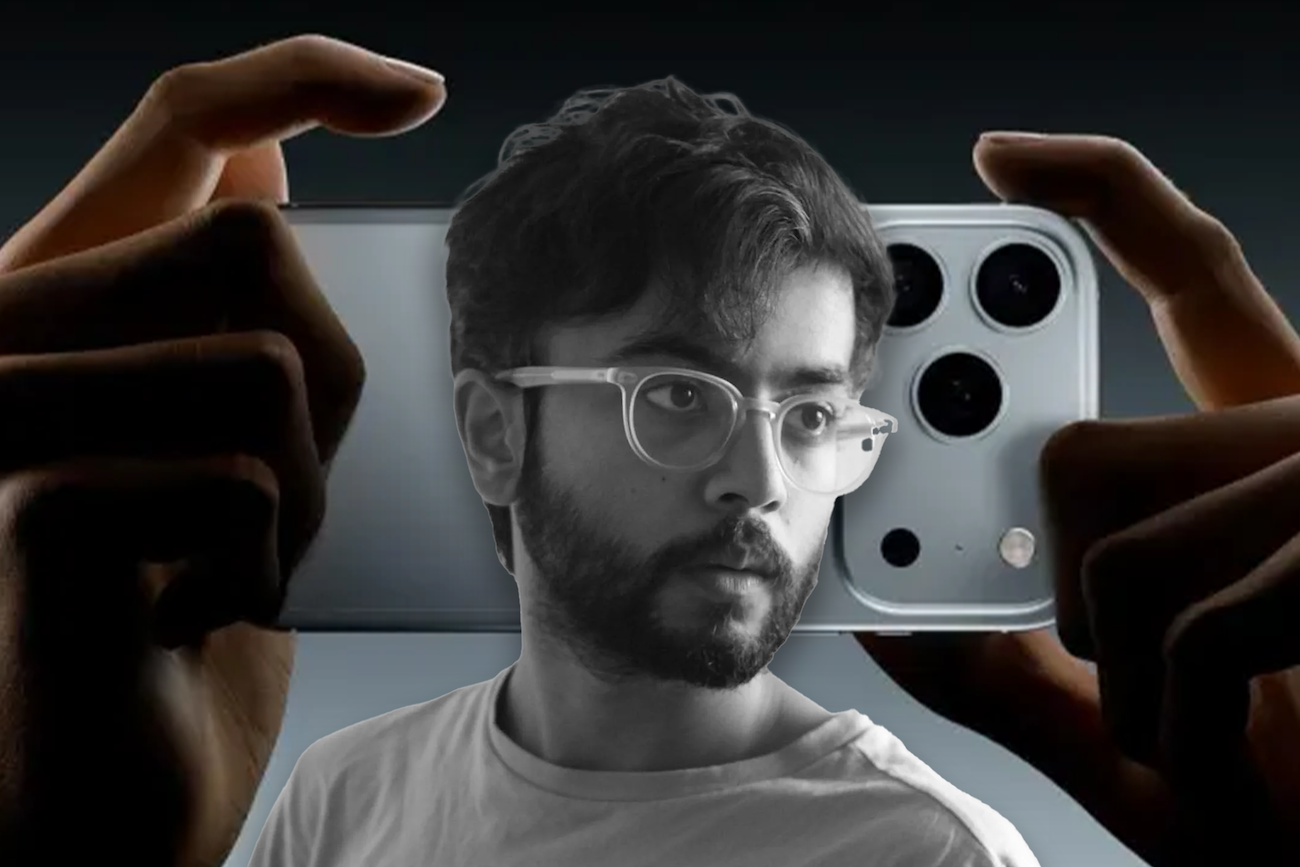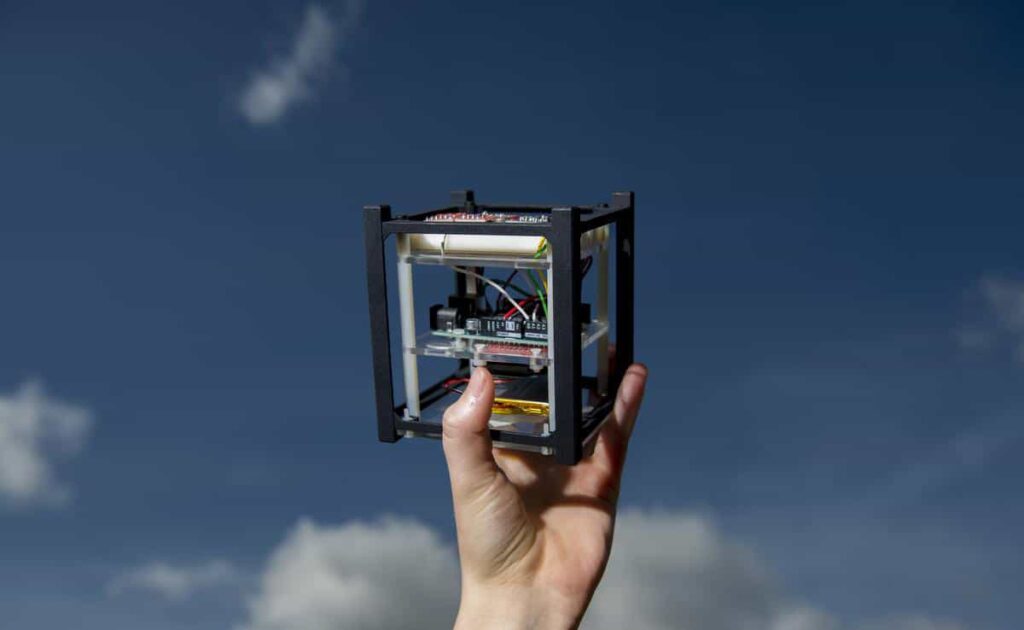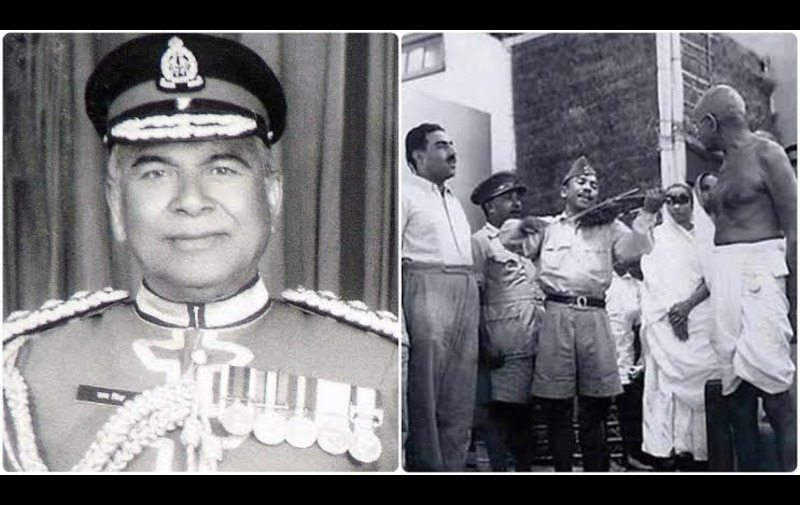How Charge-Coupled Devices transformed the world of imaging!
- ByBhawana Ojha
- 21 Aug, 2025
- 0 Comments
- 2

In 1969, Willard S. Boyle and George E. Smith of Bell Labs conceived the Charge-Coupled Device (CCD) a semiconductor circuit using linked MOS capacitors to transfer light-induced charges in sequence. Initially intended as digital memory, it quickly became the backbone of solid-state imaging. The CCD first appeared in commercial video systems in the mid-1970s and enabled the rise of digital cameras by offering unmatched sensitivity and resolution.
Thanks to CCDs, astronomers captured distant galaxies with ease CCDs were up to 100 times more photosensitive than film. They revolutionized space exploration too, finding placement in devices like the Hubble Space Telescope, and enhanced medical imaging, microscopy, and document digitization.
CCDs offered low noise, excellent light sensitivity, and precise electronic shuttering superior to fragile vacuum-tube systems. Their legacy endures even as CMOS sensors dominate today’s mainstream devices they remain indispensable where image quality matters most.
In just a few decades, CCDs turned light into digital data, birthing a new visual era. Their impact lives on wherever clarity and detail are nonnegotiable.
Tags:
Post a comment
Can U.S. Robot Cargo Planes change the balance in Indo-Pacific?
- 28 Aug, 2025
- 2
Can deep ocean water really cool the world’s data centres?
- 27 Aug, 2025
- 2
Why is ISRO building a new rocket launch pad?
- 29 Aug, 2025
- 2
Meet Abidur Chowdhury, the designer behind Apple's Slimmest iPhone!
- 10 Sep, 2025
- 2
Odisha students build India’s first gamma-ray CubeSat!
- 20 Sep, 2025
- 2
Categories
Recent News
Daily Newsletter
Get all the top stories from Blogs to keep track.

















